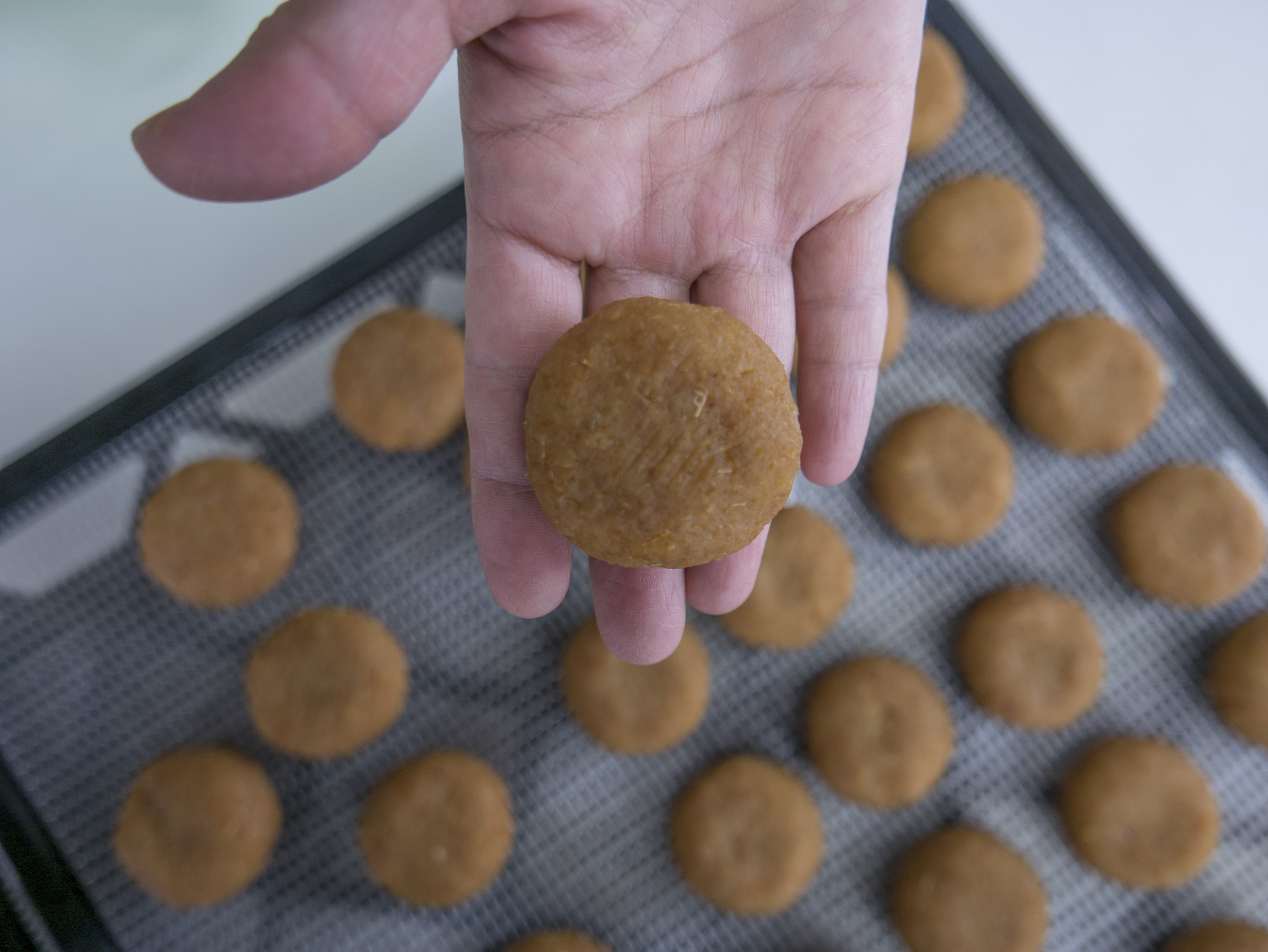If Okinawans are quick to assert their cuisine has little in common with the mainland Japanese table, the same can be said of their confectionery.
Strongly influenced by Chinese tastes, the most refined sweets were exclusive to the royal court when Okinawa was an independent entity known as the Ryukyu Kingdom (1372-1879). Documents recovered from the World War II bombing of Shuri Castle suggest there were as many as 230 confectionery recipes, the finest delicacies served to visiting Chinese and Japanese envoys. Masae Arakaki, owner of the shop Arakaki Kashiten, and a direct descendant of the the kingdom's last royal chef, maintains that "Ryukyu-kashi (Okinawan confectionery) is the fruit of a Ryukyu Kingdom aesthetic taste."
Typifying these tastes are chiirunkō, a fluffy, steamed cake sprinkled with peanuts; chinbin, rolled crepes made with kokutō (brown sugar); and chinsukō, a popular shortbread cookie made from wheat flour, sugar and lard. Use of the latter ingredient highlights one of the basic differences between mainland Japanese and Okinawan confectionery: The former uses water as a base, the latter oil.


















With your current subscription plan you can comment on stories. However, before writing your first comment, please create a display name in the Profile section of your subscriber account page.